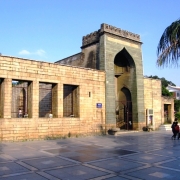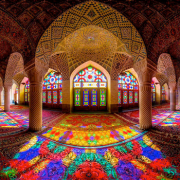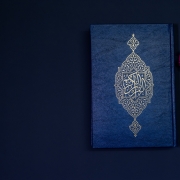Chinese–Islamic Connections: An Historical and Contemporary Overview
Following overland and maritime trade routes, early Muslims reached China within a century after the Prophet Muhammad (570-632) lived, when the Chinese and Islamic empires were the superpowers of their day, engaging each other in instances of both competition and collaboration: military, economic and diplomatic. Exchanges between China and the Islamic world have produced significant technological and cultural developments, and set the stage for ongoing relations between the two civilizations that helped shape world history and continue to influence global affairs today. The arrival of Islam more than 1200 years ago also resulted in a sizeable Muslim minority population in China, who play an important role between the two civilizations: sometimes as cultural intermediaries, sometimes as political pawns. The following is an overview of the history of Chinese-Islamic relations, including historical and contemporary involvement by China’s internal Muslim populations, with a survey of connections between China and several Muslim countries. A simple confluence of facts-that China may soon be challenging the United States in its demand for foreign oil, that world oil production will peak and begin to decline within decades, and that China acts as a major supplier of arms and military technology to oil-rich, predominantly Muslim, Middle Eastern states whose region becomes less stable as oil supplies wane-all but guarantees the importance of Chinese-Islamic relations in the foreseeable future. Given this situation, the informed observer of international affairs would be well-served not only by an examination of current relations between China and global Islam, but also of historical encounters between the Chinese and Islamic civilizations, which provide valuable insight into the roots of many of today’s political and societal realities. In view of the long history of trade, not only in commodities, but also in ideas, along the geographical continuum that connects western and eastern Asia, recent relations between the Chinese and Islamic spheres of influence are grounded in an ancient tradition of economic, political, and cultural commerce. 1 I made these comments in order to lend contemporary relevance to my historical study. The facts, however, increase in significance with each passing year as we proceed ever








